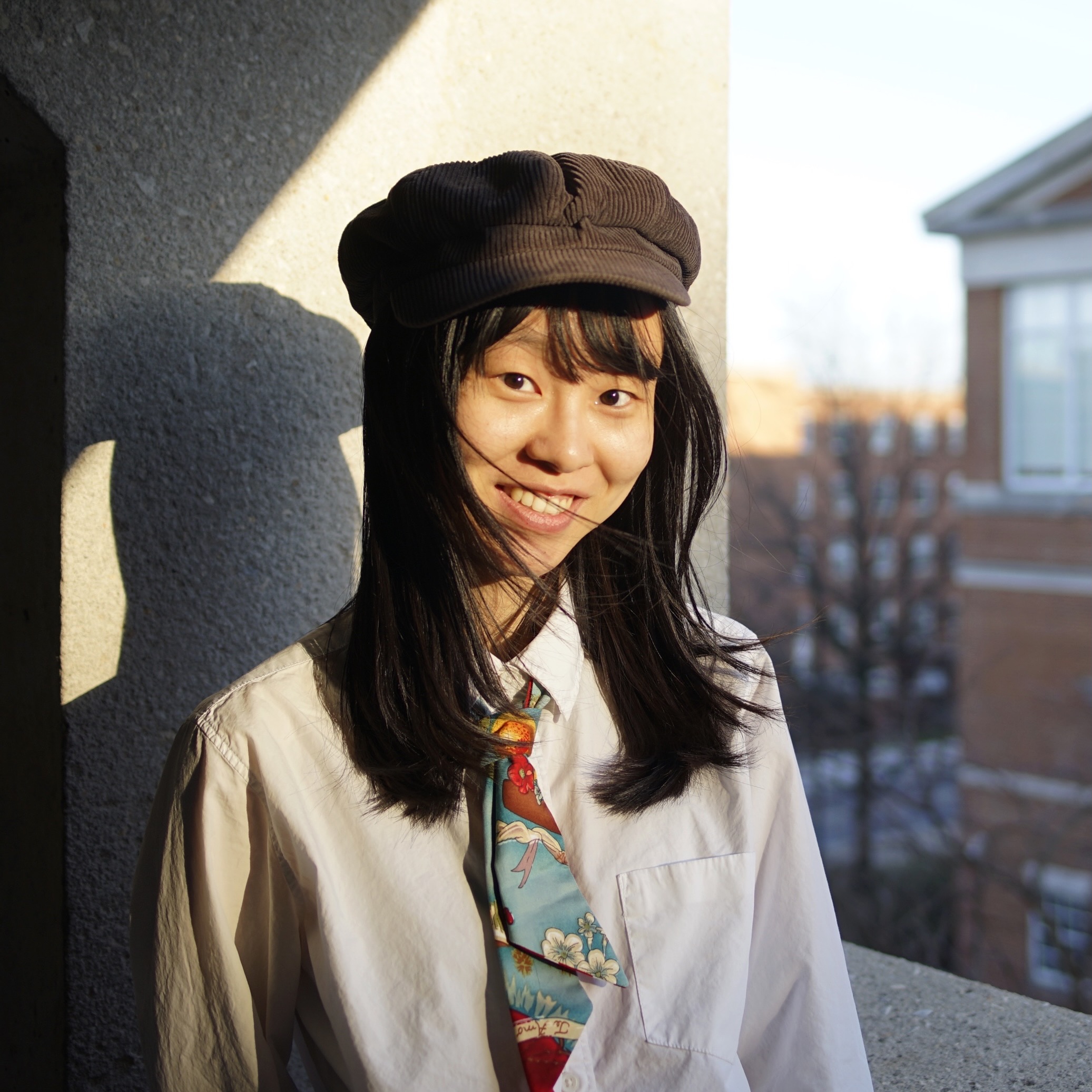WiP - Xintong Wang / Negative emotions in art

WiP - Xintong Wang / Negative emotions in art
Wednesday October 1, Xintong Wang leads our Works-in-Progress meeting, with discussion of "Negative emotions in art," and answering what value is provided by art that provokes not pleasure but pain. Her abstract is below.
In everyday life, we typically regard negative emotions such as pity and fear as aversive. However, we tend to be attracted to and voluntarily pursue painful arts (such as tragedy and horror) that are expected to evoke negative emotions. This is the paradox of painful art. Most existing accounts resolve the paradox by denying that our overall emotional experience of painful art is negative. They claim instead that pleasure dominates our emotional experience of painful art. I argue, however, that these accounts are based on problematic hedonic assumptions. Pleasure is not the only source of human motivation. We are sensitive to, and motivated by, other values beyond pleasure. Likewise, the aesthetic value of an artwork is not merely grounded in the pleasure involved in our experience of it. Therefore, I propose an alternative solution to the paradox — one that emphasizes the value of negative emotions. Appropriate negative emotions have intrinsic value. Negative emotions provoked by painful art are appropriate and thus have intrinsic value. Therefore, although painful and unpleasant, negative emotions are not, and should not be, aversive. Instead, negative emotions per se are partly what people willingly seek when engaging with painful art.

